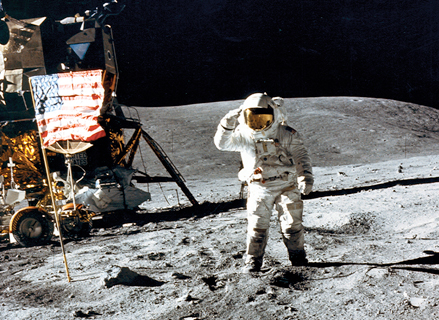Here are ratings for the Erie radiator from Jarecki Mfg Co Ltd. They were based in Erie, PA and their radiators appeared in issues of Domestic Engineering in the 1890s.

In the early 1900s, hot-water heating systems had to rely on gravity. This system was simple because it had no moving parts (except for the water, of course), but it was also quite complicated because the pipes had to be the right size for the amount of water that was flowing, and they had to have the perfect pitch. These systems were also open to the atmosphere, which led to corrosion and this slowed the flow of water through the pipes.
Homer Thrush recognized the challenges of gravity hot-water heating systems and, in 1928, invented a circulator that would move hot water through the system. It was installed vertically with the motor on top of the pump and placed on the return side of the system. It had a packing gland and needed to be near a floor drain because it constantly dripped water to lubricate the shaft.
Bell & Gossett followed Thrush with the B&G Booster. It had a mechanical seal, which was an advantage because it didn’t need the floor drain, but the seal was made of carbon and remite. Remite is very sensitive to high temperatures, so the Booster was placed on the return side.
Then the 1960s rolled around and President John F. Kennedy challenged American ingenuity saying, “I believe this nation should commit itself to achieving the goal, before this decade is out, of landing a man on the Moon and returning him safely to the Earth.”
This led to the development of some very strong ceramics that would keep the space capsules from burning up upon re-entry.
The circulator manufacturers noticed this and smiled. These new ceramics would be the perfect replacement for remite in the circulators’ mechanical seals. They could stand 225-degree water continuously and 250-degree water intermittently. High-temperature hydronics would allow for smaller pipes and radiators.
And guess who made the ceramics? Coors. Yes, the same Coors that manufactures beer. CoorsTek engineers ceramics that are used in many industries today.
And with that, we raise our glasses to innovation and curiosity.
Here are ratings for the Erie radiator from Jarecki Mfg Co Ltd. They were based in Erie, PA and their radiators appeared in issues of Domestic Engineering in the 1890s.
Brian Roberts & Paul Yunnie compiled this document that contains beautiful vintage advertisements and illustrations of radiators from the mid to late 1800s and early 1900...
This document contains the story of Herman W. Nelson, founder of the Herman Nelson Corporation and the Moline Heating System (a vacuum-vapor heating system).